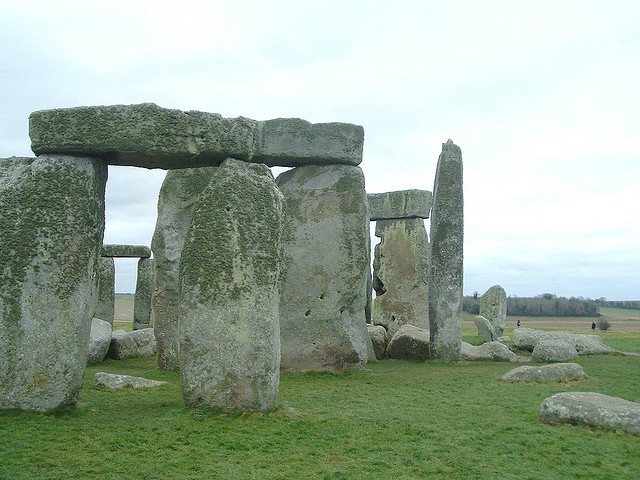(Image via John W. Schulze on Flickr)
December 21 and 22 (depending on where you live) mark the 2015 December solstice, commonly recognized as the shortest day of the year (and longest night) for those of us in the northern hemisphere, and the longest day of the year for those in the southern hemisphere. Due to the way our calendar is set up (a year is actually 365.24 days and does not directly correspond to the established 365 during a regular year and 366 during leap years), the exact time and date of the December solstice varies every year—it can occur anywhere between December 20 and 23, but most commonly occurs on the 21st or 22nd. The December solstice occurs at the exact same moment for everyone on the planet; this year, it occurs on December 22, 2015 at 4:48 am UTC. You can use this handy chart and your math skills to calculate the exact date and time of the December solstice in your time zone!
Why do astronomical events like solstices occur? As the Earth rotates around the sun, it does so while rotating around its axis, which is tilted at about 23.4 degrees. The Earth’s tilt is essentially the reason we have seasons. Fall and winter rear their heads in the northern hemisphere in the later months of the year as the northern half of the planet tilts progressively further away from the sun. Meanwhile, fun in the sun is on the agenda for those in the southern hemisphere during these months (which means that technically, the classic holiday tune “White Christmas” doesn’t really work for countries like Australia and New Zealand). The December solstice occurs at the point when the northern hemisphere is the farthest away from the sun. After the December solstice, those in the northern hemisphere can expect to see a gradual but noticeable increase in daylight hours, while those in the southern hemisphere can expect the reverse.
As the seasons dictate harvest cycles all over the world, it’s not surprising that the December solstice has been recognized and celebrated by civilizations since the advent of agriculture. In fact, one of the most popular celebrations is held yearly at Stonehenge, pictured above. The solstice held (and continues to hold) cultural and religious significance for many—many popular Christmas traditions like the Yule log have roots in ancient European December solstice celebrations!

 877-601-6284
877-601-6284 877-601-6284
877-601-6284

















